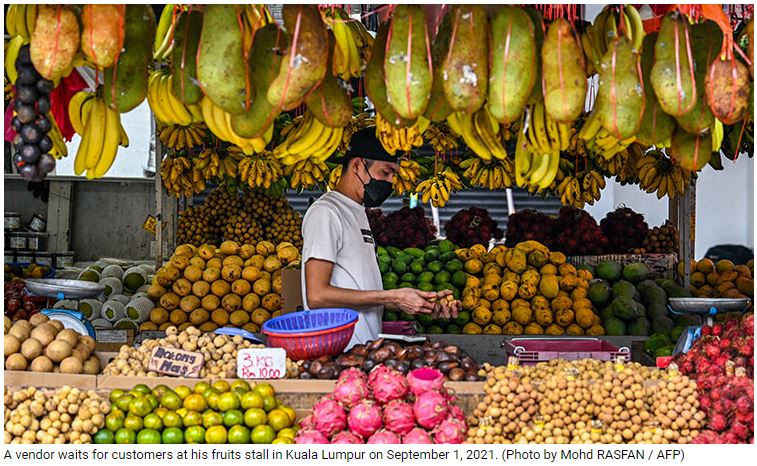Cambodia: Mango, banana most promising for export
Cambodia’s exports of yellow bananas surged to $168 million in 2021, compared with exports of $112 million in 2020 and $49 million in 2019.
According to World Bank’s Cambodia Economic Update June 2022, several fresh fruit products, especially mango and yellow banana, have shown export growth last year.
It said yellow banana is now one of the most promising non-rice agricultural products.
The export performance of yellow bananas in the first three months of this year was also encouraging.
In the first three months of 2022, yellow banana exports accelerated further, reaching $59 million. Similarly, the exports of mango products have also been increasing. Exports of mangos reached $10 million in 2021, it pointed out.
However, it said the negative impacts of China’s zero-Covid-19 policy affected the non-rice agricultural commodity exports, especially banana and mango. The policy adversely affected mango and banana products exported inland via Vietnam to China. “The policy causes delays and congestion, resulting in spoiled and undelivered products. Direct exports via seaports to China are even tougher. Due to increased freight rates of refrigerated containers, imported fruits from Cambodia become less competitive against domestically produced fruits in China, discouraging Chinese importers from importing fruits from Cambodia,” it said.
Meanwhile, the report said better weather conditions improved rice production in the Kingdom last year. In 2021, the total rice production jumped 11.6 percent to 12.2 metric tonnes, compared to the figures in the previous year. The report said the surge was driven largely by an increase in wet season rice production, thanks to more favourable weather conditions.
“Of a 12.2 million metric tonne rice production, wet season rice contributed 9.26 million metric tonnes (76 percent) and dry season rice production contributed 2.93 million metric tonnes (24 percent).” According to the US Department of Agriculture Foreign Agriculture Service, the production year 2021-22 was positive for rice farming thanks to better weather conditions coupled with increased adoption of new technologies, such as the use of drones to efficiently spray pesticides.
Three-quarters of the increase, or about one million metric tonnes, were contributed by wet season rice production expansion, while a quarter was contributed by dry season rice, the report indicated. It said better weather conditions allowed for increases in rice cultivated and harvested areas which expanded to 3.6 million hectares and 3.4 million hectares in 2021, respectively, up from 3.4 million hectares and 3.2 million hectares in 2020, respectively.
“In addition, increased adoption of new technologies and seeds boosted wet and dry season rice yields to 3.5 metric tonnes per hectare and 4.5 metric tonnes per hectare in 2021, respectively, up from 3.3 metric tonnes and 4.4 metric tonnes in 2020, respectively,” the update said.
The major non-rice agricultural products in the Kingdom are rubber and cassava. In 2021, rubber production reached 0.4 million metric tonnes or an 8.3 percent increase, while cassava production reached 14.7 million metric tonnes or a 16.1 percent increase.
Rubber and cassava ranked second and third in terms of agricultural commodity product value and exports, after rice, the report pointed out.
Source: https://www.khmertimeskh.com/501109912/mango-banana-most-promising-for-export/


 English
English




